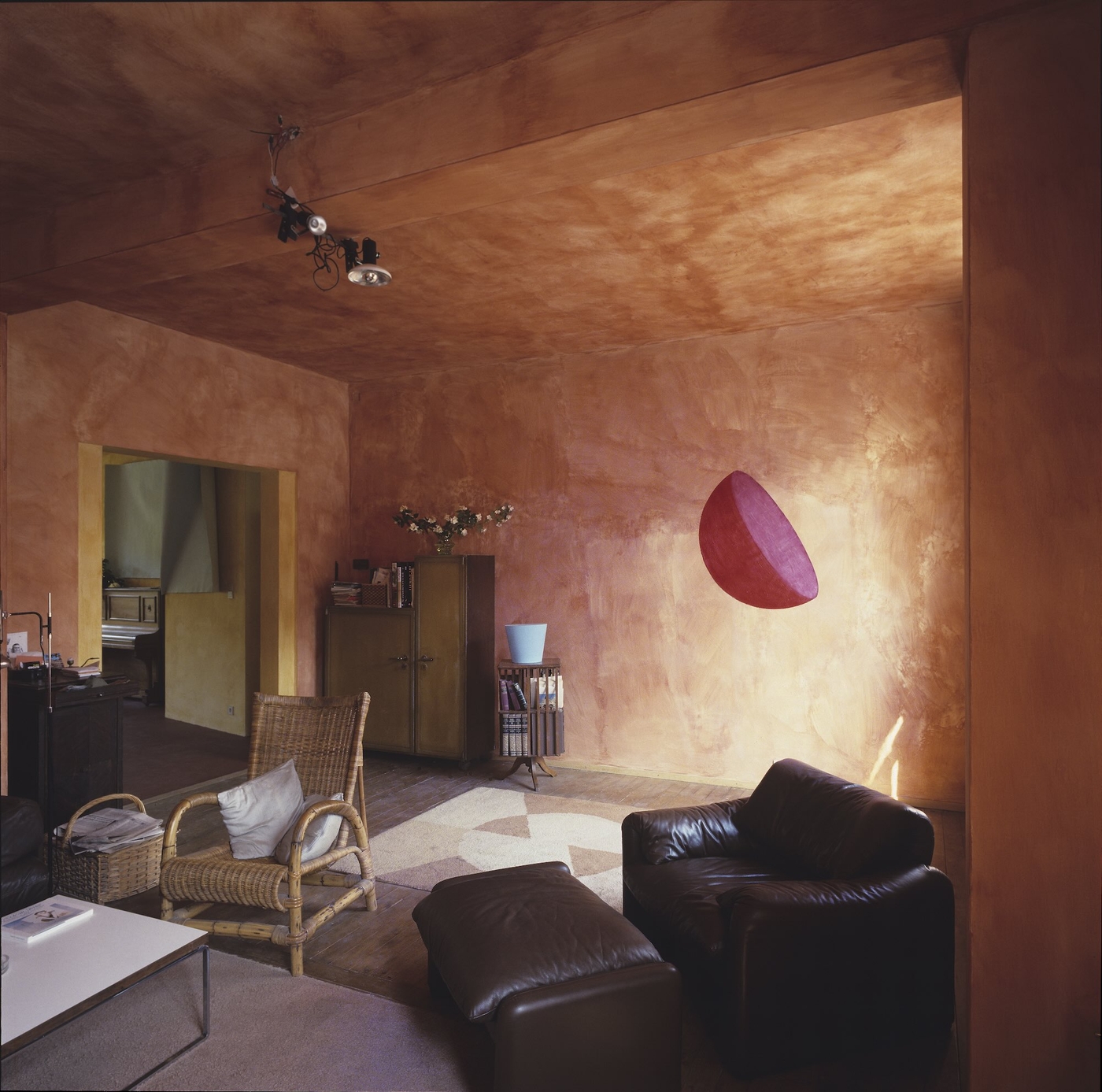La stanza è sempre questa
"La stanza è sempre questa:
il pensiero presente.
Tutto è a vista, tutto è invisibile.
L'eroico accostarsi delle tazze.
Tutte sono una.
Pervenute da altre caratteri,
si pongono silenziose.
Percorsi temporali, parole e azioni.
Lasciare fuori, ora
La macchina dei molti io,
Porsi verso il sé
Compiere il miracolo,
nel momento:
poter vedere."
(Remo Salvadori, testo dattiloscritto, 19 settembre 1986; pubblicato come Una poesia di Remo Salvadori, in "Spazio Umano/Human Space", n. 2, aprile 1987, pp. 138-139)

Contatti
archivio@remosalvadori.it